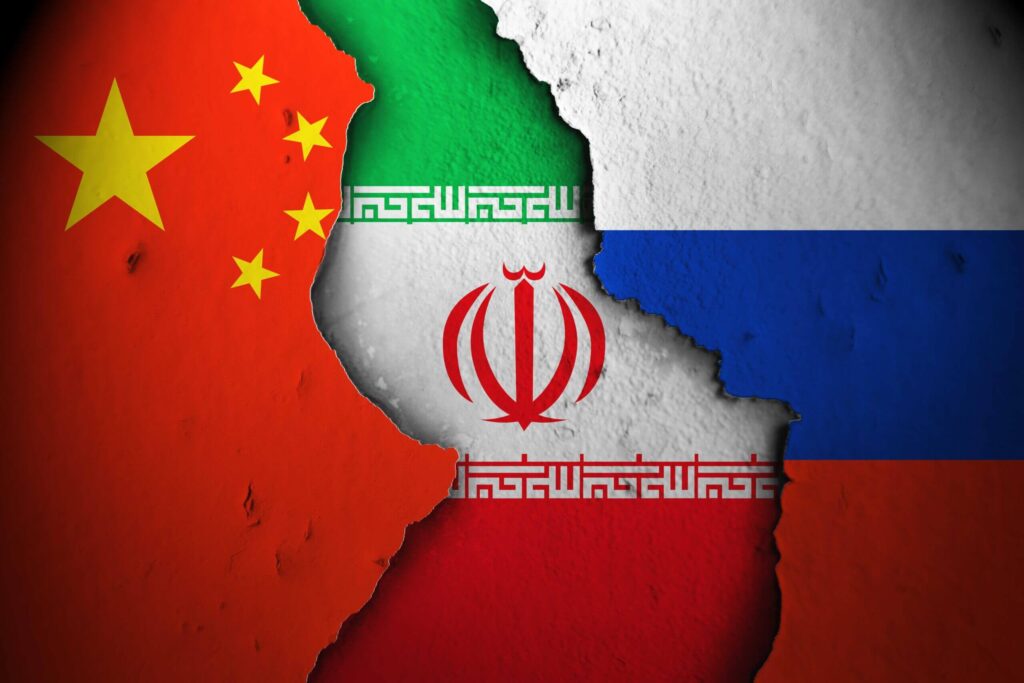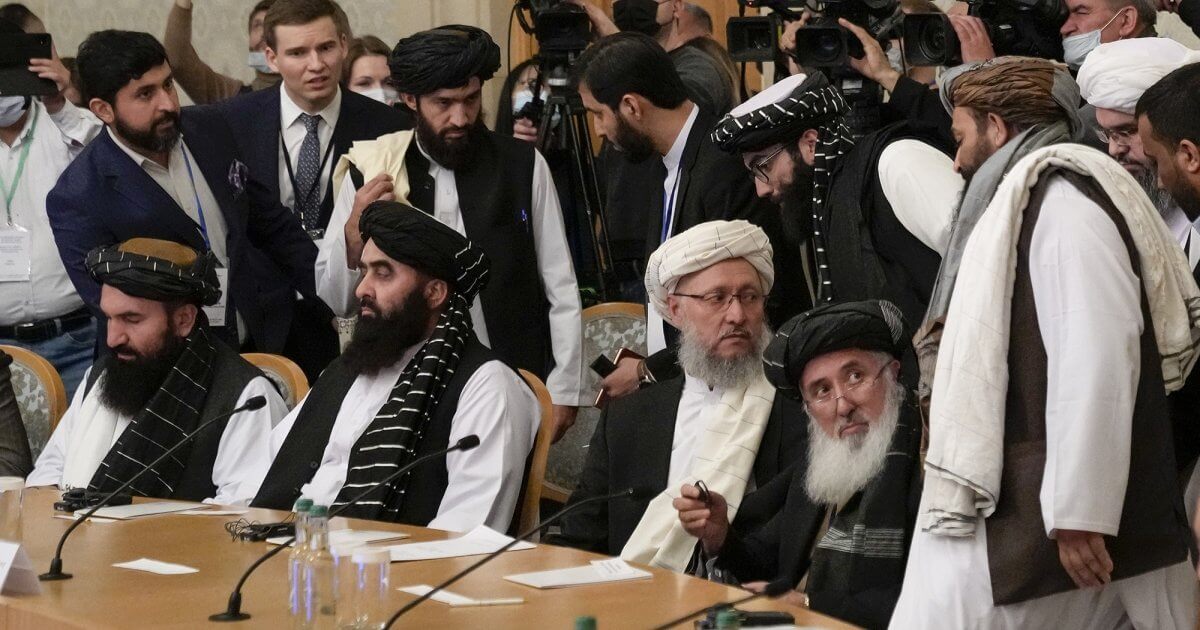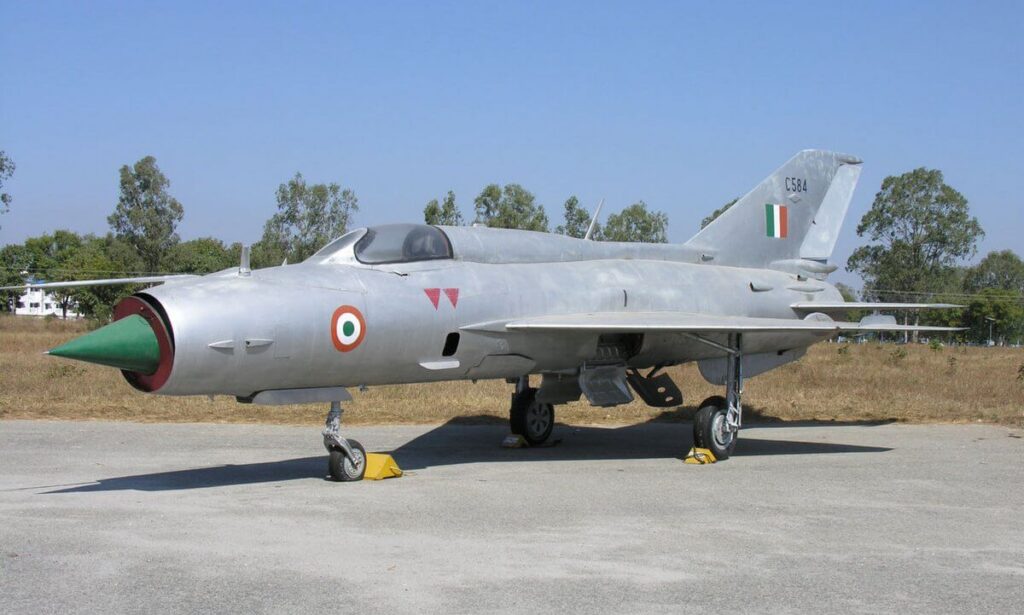
The Indian Air Force (IAF) recently wound down its presence at the Ayni airbase in Tajikistan also known as Gissar Aerodrome—India’s one and only operational overseas military installation for nearly two decades. It was not just the fallout of an administrative decision but the convergence of several strategic factors including diplomatic pressure from Russia and China, altered security landscape after the Taliban’s return in Afghanistan, and India’s recalibration of defence priorities toward its immediate frontiers. The closure signalled a new balance of power in Central Asia and the limits of India’s ability to sustain military influence in a contested geopolitical environment. But to understand why India left Ayni, one must examine how India got there in the first place, what the base represented, and how the strategic environment changed.
Strategic significance of the Ayni airbase

Located about 15 kilometres west of Dushanbe near the Pamir foothills, Ayni was originally a Soviet-era military airfield supporting operations in Afghanistan. After the USSR’s collapse, Tajikistan a landlocked country with China to the east and Afghanistan to the south, inherited the facility but lacked the means to operate it amid civil war. For India, Ayni’s proximity to the Wakhan Corridor—connecting Afghanistan to China’s Xinjiang province—offered a rare vantage point to monitor developments in Afghanistan and western Pakistan without depending on Pakistani airspace.
During the early 2000s, as the global war on terror unfolded, India sought ways to engage Afghanistan while bypassing Islamabad. New Delhi invested around $70–100 million to rebuild Ayni: extending runways to 3,200 metres, constructing hangars and shelters, installing navigation systems, and stationing a permanent technical contingent. The base became fully operational by the mid-2000s, capable of supporting Su-30 MKI fighters and Mi-17 helicopters.
For India, Ayni served three overlapping goals:
- Strategic reach into Afghanistan – enabling intelligence gathering on Taliban activity, narcotics routes, and Pakistan-supported militant flows.
- Influence in Central Asia – complementing the Connect Central Asia Policy and regional projects such as Chabahar Port and the International North-South Transport Corridor.
- Pressure on Pakistan’s western flank – creating the potential for a two-front posture that could stretch Islamabad’s defensive calculus.
Ayni thus symbolised India’s emergence as a responsible yet assertive regional power capable of limited power projection.
Geopolitical headwinds: Russia, China, and Tajik balancing

Despite its strategic promise, Ayni was always diplomatically fragile. Russia and China viewed India’s presence with caution, and Tajikistan—heavily dependent on both for security and finance—could not ignore their sensitivities.
Moscow has long treated Central Asia as its “near abroad.” It maintains its largest overseas deployment in Tajikistan and sees any external basing without its consent as a challenge to its primacy. Even while cooperating with India, Russia insisted that any active fighter deployment at Ayni required its approval, constraining India’s operational autonomy.
China’s opposition was more subtle but equally effective. With massive Belt and Road investments in Tajikistan and deep security concerns over Xinjiang, Beijing viewed the Indian base near the Wakhan Corridor as a potential surveillance post. Following the 2020 border clashes in Ladakh, India’s defence priorities shifted inward—toward high-altitude infrastructure, mobility, and force modernisation. In this environment, sustaining a remote base of diminishing strategic relevance became difficult to justify.
Meanwhile, China quietly filled the vacuum. It established joint outposts with Tajik forces near the Wakhan Corridor, signalling its determination to dominate the narrow gateway linking Central Asia to Xinjiang. For Tajikistan, aligning with its two most powerful neighbours was a matter of survival; renewing India’s lease risked unwanted friction. The decision to let the arrangement lapse by 2022 was therefore an act of pragmatic balancing, not hostility.
The Afghan variable

The fall of the Afghan Republic in 2021 stripped Ayni of its original purpose. India’s two-decade engagement in Afghanistan—developmental, diplomatic, and intelligence—had depended on a friendly government in Kabul. With the Taliban’s return, Ayni no longer offered operational or strategic advantage. The base that once looked toward Afghanistan as a bridge now faced a closed frontier.
A quiet exit and strategic reasons behind it

India’s withdrawal from Ayni was deliberately low-key. There was no announcement, debate, or ceremony—only silence. That discretion served three aims:
- Preserving goodwill with Tajikistan, an important partner in regional security forums.
- Keeping options open for future re-entry should geopolitical conditions change.
- Denying China and Pakistan the chance to frame the move as a setback.
In diplomacy, understatement can sometimes speak louder than assertion.
What the closure tells us
Ayni’s closure underscores several truths about modern power projection:
- Overseas bases endure only when host nations are politically aligned and insulated from rival coercion.
- Military infrastructure is brittle; political consent is the true foundation of presence.
- Strategic diversification—across corridors, ports, and partnerships—is essential.
- Civil and developmental dividends help legitimise a security footprint.
- In Central Asia, Russian and Chinese influence continues to outweigh Indian leverage.
India did not lose Ayni for lack of intent or capability, but because the regional ecosystem tilted decisively against sustained Indian presence.
Lessons learnt from Ayni

The real takeaway is that strategic influence no longer requires physical bases. India can project power through access agreements, logistics corridors, defence training, co-production, intelligence sharing, and digital infrastructure partnerships. By being footprint-light yet capability-heavy, India can remain a dependable partner without triggering regional anxieties.
Connectivity, technology, and cooperative security arrangements—rather than permanent installations—are the currency of modern influence.
The way forward

Ayni once embodied India’s ambition to extend its gaze into Central Asia. Its closure does not mark failure, but adaptation. The geopolitical terrain that made Ayni viable—an aligned Kabul, a passive China, and a cooperative Russia—has disappeared. In its place stands a more contested, multi-polar Asia demanding flexibility over footprint.
India’s quiet departure from Ayni was an act of strategic prudence, not retreat. The base may have fallen silent, but the lessons it offers—about agility, partnerships, and the politics of presence—remain vital. In the evolving great-power contest for Central Asia, influence will belong not to those who build the biggest bases, but to those who build the most resilient networks.

